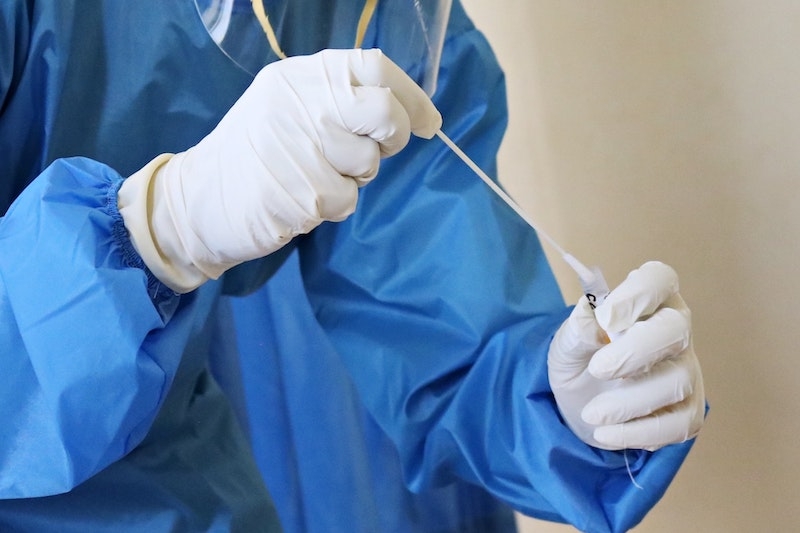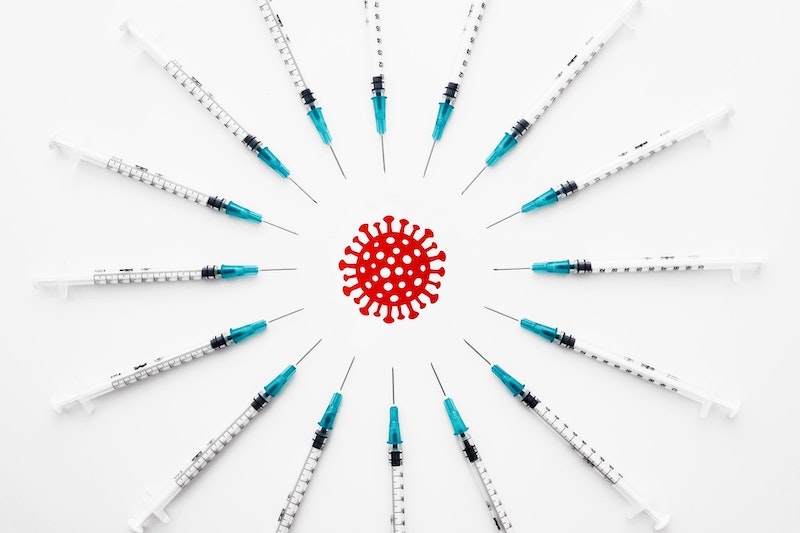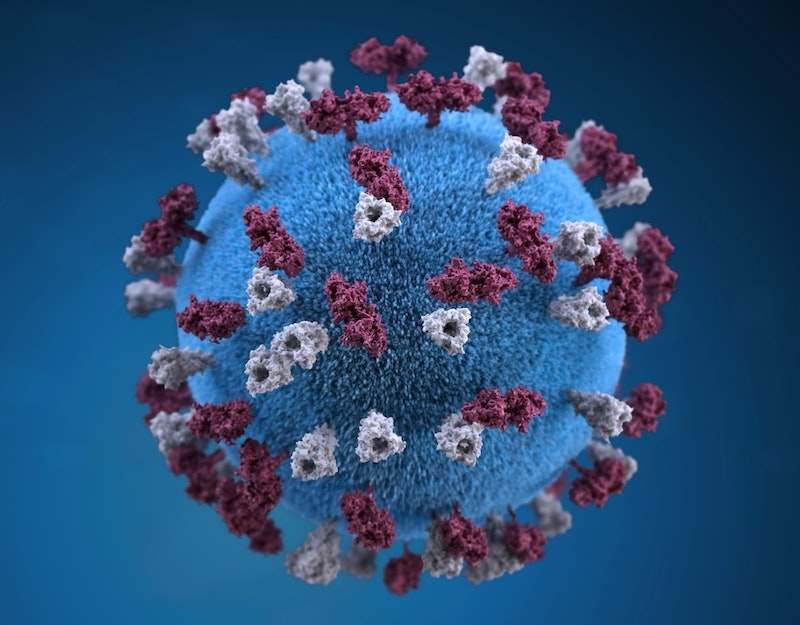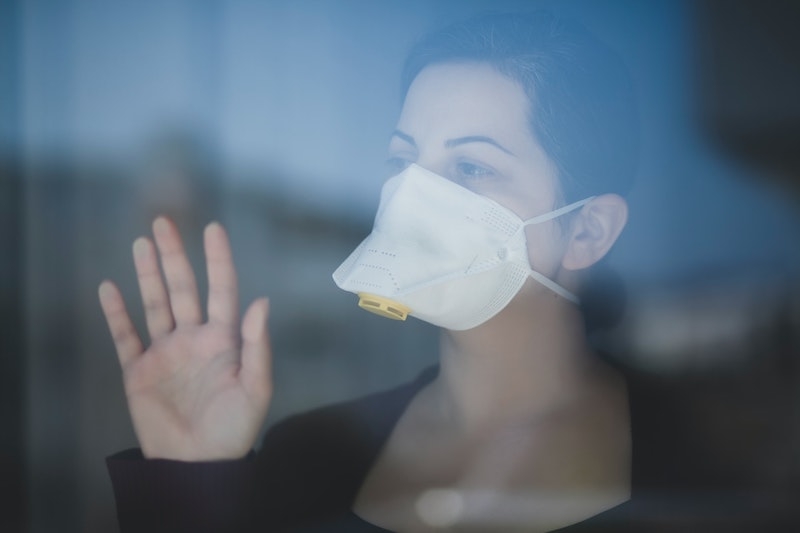Is it time for the Delta variant to move over and pass the torch of “most deadly variant” to Omicron? Well, we don’t know that yet. What we do know is that the World Health Organization (WHO) has declared Omicron a variant of concern. Blame this new COVID-19 variant on the selfish hoarding of COVID-19 vaccines combined with the resistance of anti-vaxxers. We shouldn’t be surprised at this point, to be honest.
As the days go on, this article will be updated with findings on the new variant. Currently, this is what to know about Omicron. All of this information comes from WHO.
Also read: Planning to Fly This Year? Here Are the Safest Airlines in 2022!
What to know about the Omicron COVID-19 variant so far

Image credit: Mufid Majnun
Where did it come from?
It was first detected by South African authorities. However, this does not mean that the mutation started in South Africa. In fact, on 1 Dec 2021, Dutch health authorities discovered that the Omicron variant was already in western Europe as far back as 11 days before it was detected in South Africa.
The Dutch research institute called National Institute for Public Health and the Environment (RIVM) reported that they found Omicron samples dating from 19 to 23 Nov 2021. According to RIVM, “It is not yet clear whether the people concerned [in the earlier cases] have also been to southern Africa. In the coming period, various studies will be conducted into the distribution of the Omicron variant in the Netherlands.”
Is it highly transmissible?

Image credit: Viki Mohamed
According to WHO, some of the mutations present in the Omicron variant allow it to be more transmissible than the Delta variant.
Preliminary studies also suggest that Omicron may trigger an increased risk of reinfection (meaning, those who have previously contracted the virus might be more susceptible to this variant). However, information is still limited and the variant is being continuously observed.
Note: We also encourage you to regularly check WHO’s official website to be up to speed on what to know about the Omicron variant.
How severe is the Omicron variant?
WHO maintains that the severity of the Omicron variant is not yet clear. But they do know that people with Omicron can have the full spectrum of disease, from asymptomatic infections to hospitalisations. People have also died from Omicron.
However, there were initial reports that cases of the Omicron variant are less dangerous than that of the Delta variant. This doesn’t mean that Omicron is less severe than Delta, especially if Omicron will be the reason for overburdening healthcare systems that are already struggling.
COVID-19 vaccines are still effective

Image credit: Jeremy Bezanger
In a statement issued by AstraZeneca regarding the new variant, the public was assured that vaccines were still effective regardless of the variant. “Despite the appearance of new variants over the past year, vaccines have continued to provide very high levels of protection against severe disease and there is no evidence so far that Omicron is any different. However, we have the necessary tools and processes in place for rapid development of an updated COVID-19 vaccine if it should be necessary,” the company shared.
According to CBS News, vaccine producers are ready to adjust the current vaccines to fight this new variant, if the situation calls for it. “All the major Western vaccine makers, in addition to the producers of Russia’s domestic Sputnik vaccine, have said they are already working on, or ready to work on, tailoring their formulas specifically for the new variant, if it should prove necessary.”
WHO suggests that governments take the following countermeasures:
- Enhance surveillance and sequencing of cases.
- Share genome sequences on publicly available databases, such as GISAID.
- Report initial cases or clusters to WHO.
- Perform field investigations and laboratory assessments to better understand if Omicron has different transmission or disease characteristics, or impacts the effectiveness of vaccines.
Of course, the basic health protocols still apply in light of this new variant. Always practice social distancing, wear your mask whether you’re indoors or outdoors, open windows to improve ventilation, and — most importantly — get vaccinated!
What we know about the new Stealth Omicron variant

Image credit: CDC
Yes, there’s such a thing as Stealth Omicron, aka BA.2, and it’s the latest variant to emerge.
How different is it from the original Omicron variant?
The main difference is that it lacks a mutation of the first Omicron variant that makes it easily detectable as an Omicron case via RT-PCR tests. That means that if you get Stealth Omicron right now, doctors and scientists may find it challenging to identify if it’s actually Omicron. However, this doesn’t mean that someone with Stealth Omicron will test negative with an RT-PCR test. They’ll still easily test positive for COVID-19 even if they get the Stealth Omicron variant.
“BA.2 is detectable by PCR… depending on the PCR test used, it may not look like BA.1 (the other Omicron). But it will still give a positive result,” computer biologist Cornelius Roemer wrote on Twitter. The mutation in question is Omicron’s genetic deletion of the “S” spike gene, which Stealth Omicron does not have.
Is Stealth Omicron worse than the first Omicron?

Image credit: Onder Ortel
As of writing, Denmark is the leading country with the most Stealth Omicron cases. Out of the daily 40,000 or so cases, 65% have been identified as Stealth Omicron. From the country’s early reports, Stealth Omicron does not cause an increase in hospitalisation rates compared to the first Omicron. This implies that there’s either very little difference between the two when it comes to the severity, or that Stealth Omicron is actually a milder case of the original Omicron.
“Initial analysis shows no differences in hospitalisations for BA.2 compared to BA.1,” Denmark’s Statens Serum Institut said in a statement. However, experts still want to be on high alert in observing Stealth Omicron because of the rising cases in Europe and Asia, where more Stealth Omicron has been detected. “Consistent growth across multiple countries is evidence BA.2 may be some degree more transmissible than BA.1,” said Tom Peacock, a virologist from the Imperial College of London.
What does the World Health Organization say about Stealth Omicron?
WHO recommended that health officials take additional steps to determine if BA.2 poses more challenges than the first Omicron variant.“Investigations into the characteristics of BA.2, including immune escape properties and virulence, should be prioritised independently (and comparatively) to BA.1,” said WHO.
Overall, cases of Stealth Omicron are far below the cases of Omicron, which is still the dominant variant in most countries.
Also read: USA Entry Requirements: What to Know When Travelling During COVID-19
We hope this list of what to know about the Omicron variant answered your questions thus far. Or at least, set the record straight amidst confusing news. This article will continually be updated. Till then, stay safe.
Featured image credit: Arya Pratama | Unsplash





